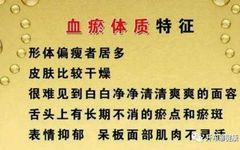 Qi and blood are crucial for human health; when Qi flows, blood flows, and when Qi stagnates, blood stasis occurs. Many people may have experienced blood stasis: without any apparent injury, they find bruises appearing on their bodies, which then fade away after some time.
Qi and blood are crucial for human health; when Qi flows, blood flows, and when Qi stagnates, blood stasis occurs. Many people may have experienced blood stasis: without any apparent injury, they find bruises appearing on their bodies, which then fade away after some time.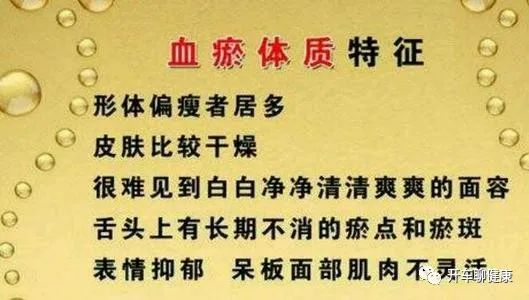 This phenomenon is a typical manifestation of blood stasis constitution. So, what causes blood stasis constitution?Three Causes of Blood Stasis1. Qi Stagnation Leading to Blood StasisUnder normal circumstances, blood circulates freely within the blood vessels, primarily relying on the heart’s pumping function. It is similar to a water pipe, where the flow of water is controlled by the opening of a valve.However, without external force or electrical current, how does the heart initiate its pumping function? It relies on the Qi flowing within the body to propel it. Just as water in a pipe cannot flow on its own, it requires the pressure difference to create movement.
This phenomenon is a typical manifestation of blood stasis constitution. So, what causes blood stasis constitution?Three Causes of Blood Stasis1. Qi Stagnation Leading to Blood StasisUnder normal circumstances, blood circulates freely within the blood vessels, primarily relying on the heart’s pumping function. It is similar to a water pipe, where the flow of water is controlled by the opening of a valve.However, without external force or electrical current, how does the heart initiate its pumping function? It relies on the Qi flowing within the body to propel it. Just as water in a pipe cannot flow on its own, it requires the pressure difference to create movement.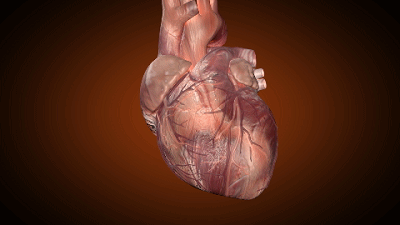 Thus, there is a saying in Traditional Chinese Medicine (TCM): when Qi flows, blood flows; when Qi stagnates, blood stasis occurs. If the Qi in the body is not flowing smoothly for an extended period, it will lead to Qi stagnation. Without sufficient Qi to propel it, blood stasis will naturally occur.2. Cold Congealing Leading to Blood StasisAnother common cause of blood stasis is cold congealing. We know that liquids freeze at sufficiently low temperatures. Blood behaves similarly; it can only circulate normally within blood vessels at normal body temperature. If the body is in a cold environment or in a state of cold, blood circulation will slow down, just as water freezes in winter, leading to blood clots that obstruct the vessels.
Thus, there is a saying in Traditional Chinese Medicine (TCM): when Qi flows, blood flows; when Qi stagnates, blood stasis occurs. If the Qi in the body is not flowing smoothly for an extended period, it will lead to Qi stagnation. Without sufficient Qi to propel it, blood stasis will naturally occur.2. Cold Congealing Leading to Blood StasisAnother common cause of blood stasis is cold congealing. We know that liquids freeze at sufficiently low temperatures. Blood behaves similarly; it can only circulate normally within blood vessels at normal body temperature. If the body is in a cold environment or in a state of cold, blood circulation will slow down, just as water freezes in winter, leading to blood clots that obstruct the vessels.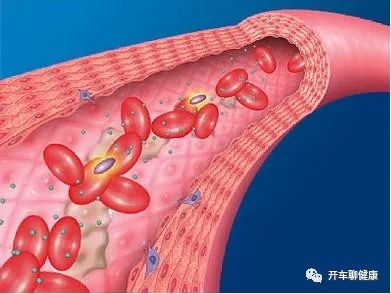 This is also why patients with myocardial infarction and cerebral infarction often have higher incidence and mortality rates in winter.3. Blood HeatWhile cold congealing can lead to blood stasis, blood heat also affects it. Blood in our body belongs to the category of Yin fluids; when heat injures the fluids, the body loses moisture, causing the blood to become concentrated and thick. This is why individuals with heat in the body often have difficulty drawing blood, and the blood drawn is usually dark red, thick, and viscous.
This is also why patients with myocardial infarction and cerebral infarction often have higher incidence and mortality rates in winter.3. Blood HeatWhile cold congealing can lead to blood stasis, blood heat also affects it. Blood in our body belongs to the category of Yin fluids; when heat injures the fluids, the body loses moisture, causing the blood to become concentrated and thick. This is why individuals with heat in the body often have difficulty drawing blood, and the blood drawn is usually dark red, thick, and viscous.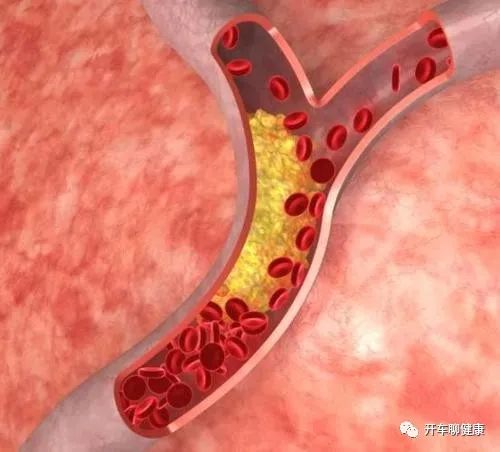 Types of Blood StasisInternal Blood StasisRefers to cardiovascular diseases based on arterial lumen narrowing and thrombosis, such as myocardial infarction, angina pectoris, cerebral infarction, senile vascular dementia, and occlusive arteriosclerosis, as well as diseases caused by disseminated intravascular coagulation and microcirculation disorders.
Types of Blood StasisInternal Blood StasisRefers to cardiovascular diseases based on arterial lumen narrowing and thrombosis, such as myocardial infarction, angina pectoris, cerebral infarction, senile vascular dementia, and occlusive arteriosclerosis, as well as diseases caused by disseminated intravascular coagulation and microcirculation disorders.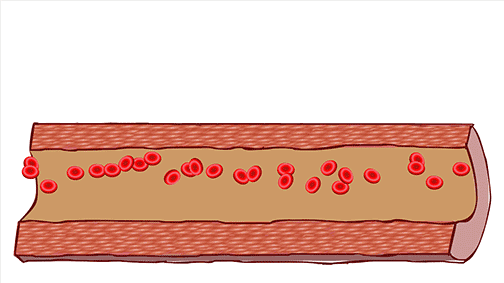 Dirty BloodDivided into exogenous dirty blood and endogenous dirty blood.Exogenous dirty blood includes pathogenic microorganisms such as bacteria, viruses, and spirochetes; various inorganic or organic chemicals (e.g., carbon monoxide); and physical trauma caused by major surgeries or changes in atmospheric pressure (e.g., altitude sickness).Endogenous dirty blood includes metabolic diseases such as hyperlipidemia, hyperviscosity, diabetes, and increased metabolic waste products like urea, creatinine, uric acid, and blood ammonia.
Dirty BloodDivided into exogenous dirty blood and endogenous dirty blood.Exogenous dirty blood includes pathogenic microorganisms such as bacteria, viruses, and spirochetes; various inorganic or organic chemicals (e.g., carbon monoxide); and physical trauma caused by major surgeries or changes in atmospheric pressure (e.g., altitude sickness).Endogenous dirty blood includes metabolic diseases such as hyperlipidemia, hyperviscosity, diabetes, and increased metabolic waste products like urea, creatinine, uric acid, and blood ammonia.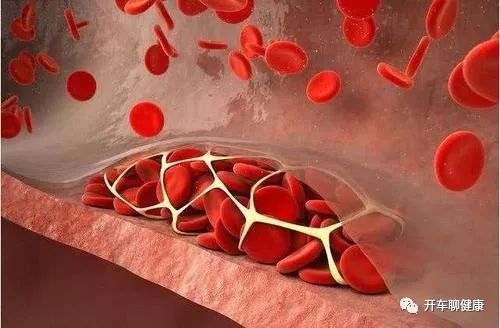 Abnormal Blood FlowRefers to blood that does not follow the normal pathways and flows outside the vessels, such as bleeding from hollow organs like the stomach, intestines, and gallbladder; trauma, external injury, and surgical procedures; congenital heart disease, vascular malformations in other organs, transplanted organs, and bypass grafts, all of which can lead to abnormal blood flow. Conditions such as ectopic pregnancy, endometriosis, uterine fibroids, functional uterine bleeding, and postpartum hemorrhage are common gynecological disorders associated with abnormal blood flow.Manifestations of Blood Stasis ConstitutionThe first major manifestation is “pain”
Abnormal Blood FlowRefers to blood that does not follow the normal pathways and flows outside the vessels, such as bleeding from hollow organs like the stomach, intestines, and gallbladder; trauma, external injury, and surgical procedures; congenital heart disease, vascular malformations in other organs, transplanted organs, and bypass grafts, all of which can lead to abnormal blood flow. Conditions such as ectopic pregnancy, endometriosis, uterine fibroids, functional uterine bleeding, and postpartum hemorrhage are common gynecological disorders associated with abnormal blood flow.Manifestations of Blood Stasis ConstitutionThe first major manifestation is “pain”
When there is blood stasis, pain will occur. The characteristics of blood stasis pain are sharp, fixed, and tender to touch, often worsening at night. Why does it worsen at night? Because blood circulation slows down at night, the obstruction becomes more pronounced, making the pain more severe at night than during the day.There are four characteristics of this pain:sharp, fixed, tender to touch, and worse at night, which are the characteristics of blood stasis pain.
The second manifestation is the presence of “masses”
These are easily detectable on the surface, such as bruises after fractures or injuries. Internally, these masses may not be visible, but can be palpated, especially in the abdomen. If there is blood stasis, a mass may be felt that is relatively hard and not easily movable, which is a characteristic of blood stasis compared to Qi stagnation.
The third manifestation is “bleeding”
Blood stasis obstructs the vessels, preventing blood from following its normal path, which can manifest as various types of bleeding. The characteristics of this bleeding are dark purple in color and may contain clots. If blood is expelled immediately, it will not form a mass; fresh blood is bright red and does not indicate stasis. If it is not expelled in time and remains for a while, it will turn dark purple and coagulate into clots; this can also present as dark, tarry stools or abnormal uterine bleeding in women, indicating blood stasis.
The fourth manifestation is “color and pulse signs”
During inspection or pulse diagnosis, there are certain signs of blood stasis. The color and pulse signs of blood stasis refer to specific changes observed.
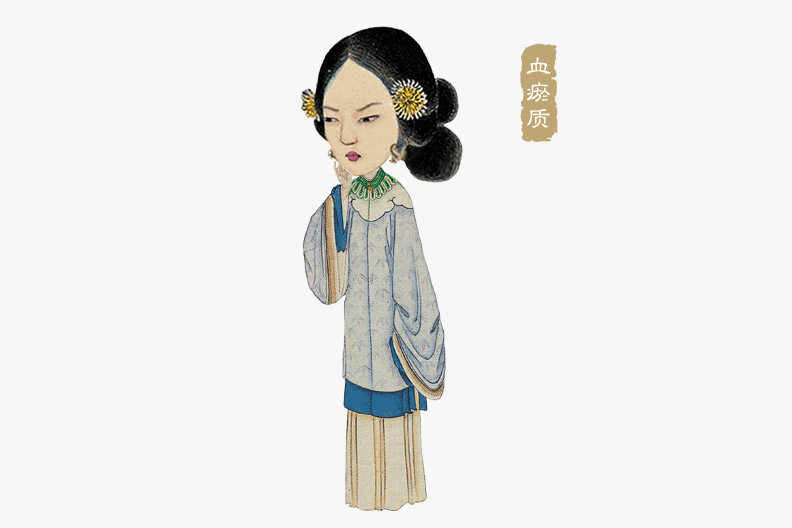 Blood Stasis Constitution: Not Only Must Blood Be Activated and Resolved, But Qi Must Also Be NourishedOlder patients often suffer from chronic diseases, multiple diseases, and long-term illnesses, leading to a clinical presentation characterized by both deficiency and excess, with underlying deficiencies in Qi, blood, Yin, and Yang, alongside excess conditions such as Qi stagnation, phlegm-dampness, cold congealing, and damp-heat, with deficiency being the primary concern and excess being secondary.For some chronic diseases in the elderly, under the premise of relative stability, small herbal formulas can be used as tea substitutes to provide reference for treatment.
Blood Stasis Constitution: Not Only Must Blood Be Activated and Resolved, But Qi Must Also Be NourishedOlder patients often suffer from chronic diseases, multiple diseases, and long-term illnesses, leading to a clinical presentation characterized by both deficiency and excess, with underlying deficiencies in Qi, blood, Yin, and Yang, alongside excess conditions such as Qi stagnation, phlegm-dampness, cold congealing, and damp-heat, with deficiency being the primary concern and excess being secondary.For some chronic diseases in the elderly, under the premise of relative stability, small herbal formulas can be used as tea substitutes to provide reference for treatment.
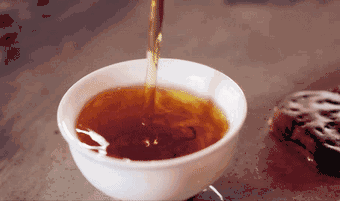
Qi and Yin Deficiency with Blood Stasis
American ginseng (Xi Yang Shen), raw astragalus (Sheng Huang Qi), polygonatum (Huang Jing), ophiopogon (Mai Dong), dendrobium (Shi Hu), saffron (Xiang Hong Hua), and notoginseng (San Qi) or notoginseng powder.
Qi Deficiency with Blood Stasis
Raw astragalus (Sheng Huang Qi), codonopsis (Dang Shen), white atractylodes (Bai Zhu), poria (Fu Ling), dried tangerine peel (Chen Pi) or Buddha’s hand (Fo Shou) (in small amounts), and notoginseng (San Qi) or notoginseng powder.
Yin (Blood) Deficiency with Blood Stasis
Mulberry (Sang Shen), dendrobium (Shi Hu), salvia (Dan Shen), kudzu (Ge Gen), goji berries (Gou Qi), cooked rehmannia (Shu Di), and notoginseng (San Qi) or notoginseng powder.
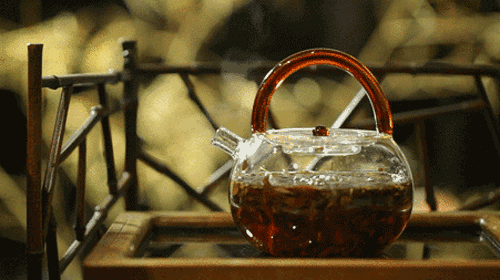
Tip: Method for Making Herbal Tea Substitute
Place the herbs in a clay pot, enamel pot, or health pot (avoid using iron utensils), soak in cold water for about 1 hour, ensuring the water level is 2-3 inches above the herbs. Bring to a boil over high heat, then reduce to low heat and simmer for 15 minutes. Pour into cups in portions and drink as a tea substitute.
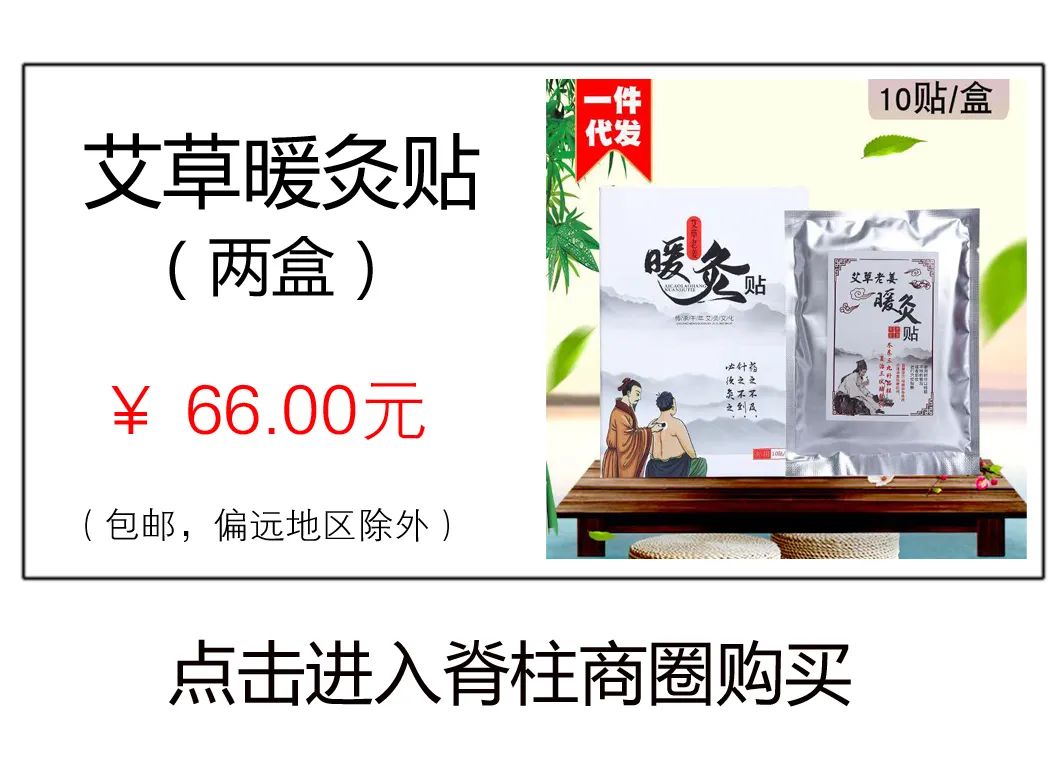
Recommended Reading:
90% of lumbar disc herniation cases do not require surgery; just treat it this way…
The only benefit of crossing your legs is… (a must-read for women)
The most comprehensive “core muscle group” training methods; after training, your back won’t hurt, and you’ll last longer.
“To treat the waist, you must treat the hips”? How can back pain be related to the buttocks?
Is it really that scary if the physiological curvature of the cervical spine becomes straight? Have you considered correcting it?
How to eliminate the hidden killer “wealthy hump”? These methods are super effective!
A couple underwent knee surgery together! The culprit was a “good habit” maintained for 10 years!
Back pain and buttock pain are not due to a herniated disc? It could be this muscle crying for help!
Just as I was about to “lie flat,” the orthopedic doctor said…
The boss has spoken~
1 yuan Three Mao, 1 flower
Three Mao, 1 flower Five Mao
Five Mao
Whether the editor can buy a good pair of shoes depends on everyone!



↓↓↓

